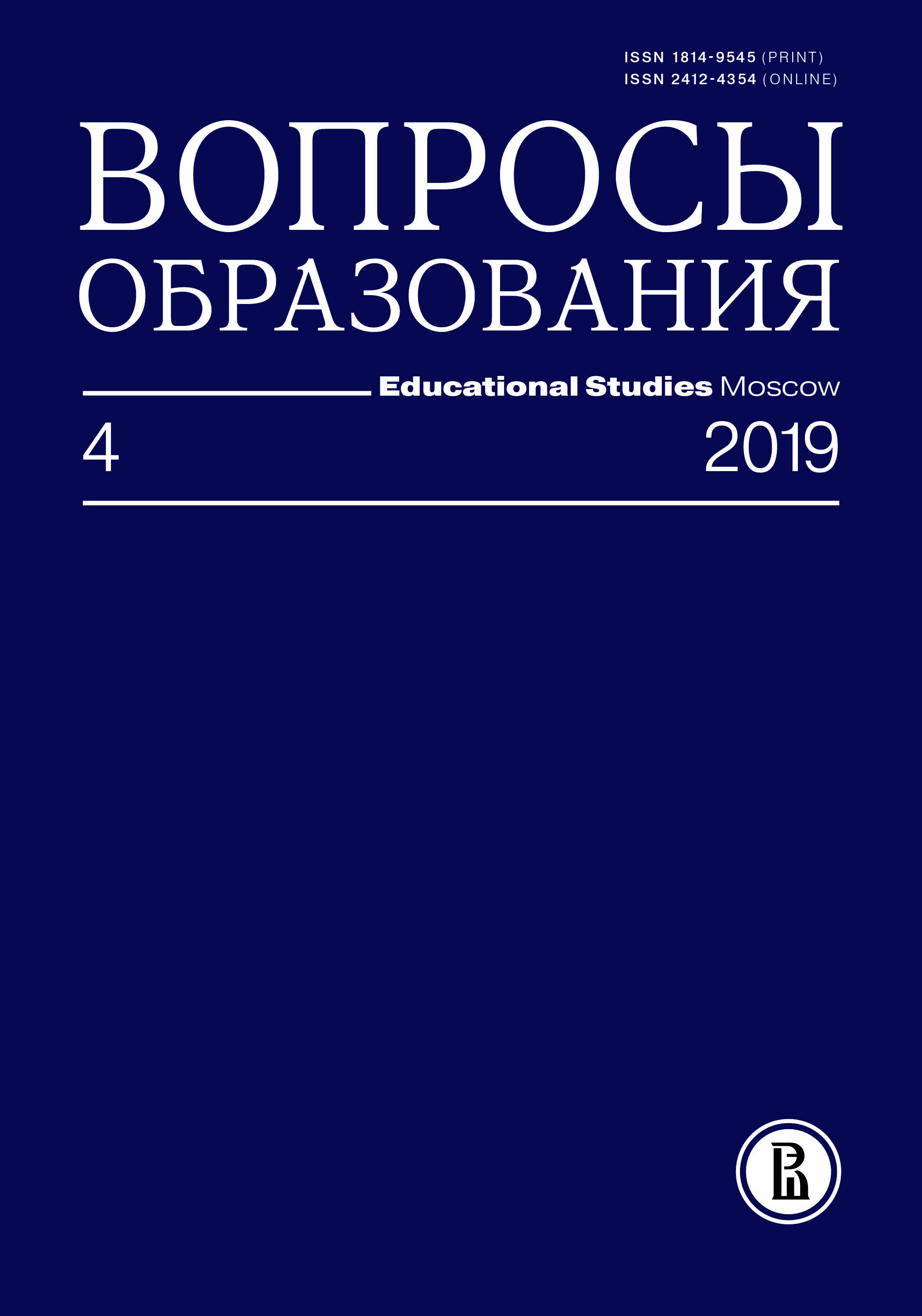Неравенство возможностей в сфере образования в Индии: оценка индекса возможностей для человека по данным опросов
Аннотация
Цель данного исследования состоит в том, чтобы количественно оценить доступность начального и среднего школьного образования для детей — представителей разных социальных групп в Индии, и выявить половые различия в охвате детей систематическим образованием. Используются данные проведенного в 2014 г. Национальным бюро выборочных обследований опроса, который был посвящен вопросам образования и охватил все территории Республики Индия. Установлено, что в сельской местности школьное образование более доступно для мальчиков, чем для девочек, а в городе наоборот. Охват детей образованием в сельской местности меньше по сравнению с городом. Индекс возможностей для человека выше у детей в городах, чем в сельской местности. На этапах начальной и средней школы наиболее сильное влияние на неравенство возможностей детей в получении систематического образования оказывает уровень образования родителей.








